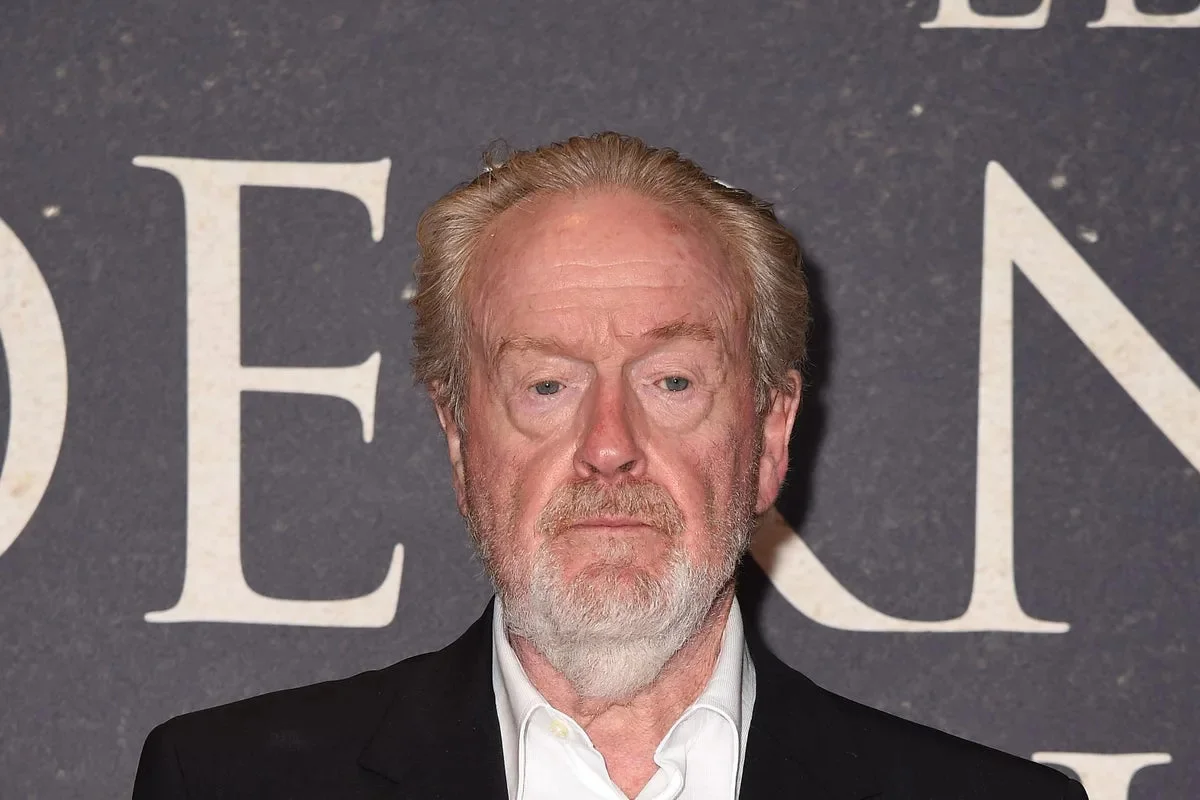In 1984, filmmaker Ridley Scott created an iconic advertisement that played a pivotal role in shaping public perception of the Apple Macintosh computer, marking a major moment in technology and advertising history. This Ridley Scott Apple 1984 advert introduced the world to Apple as a rebellious underdog challenging the dominance of IBM, transforming the company’s image at a critical moment in the tech industry.
Just a year after directing Blade Runner, Ridley Scott shifted his focus from a futuristic Los Angeles dystopia to spotlight real-world technological innovation. Working with advertising producer Richard O’Neill, Scott was commissioned to produce a striking commercial inspired by George Orwell’s dystopian novel, 1984, promoting Apple’s groundbreaking Macintosh 128K computer.
At Apple’s 1983 keynote, CEO Steve Jobs set the tone for the campaign:
“It is now 1984; it appears IBM wants it all. Apple is perceived to be the only hope to offer IBM a run for its money,”
highlighting the struggle against the technology giant that dominated the era’s computing landscape.
Back then, IBM loomed large as the industry titan, with revenues reaching $46 billion in 1984—equivalent to roughly $137 billion today—symbolizing the imposing “Big Brother” figure from Orwell’s novel. Apple positioned itself as the defiant challenger, standing against the corporate dominance of IBM, and the commercial captured this sentiment perfectly.

Ridley Scott himself was surprised by Apple’s bold creative approach, telling The New York Times:
“I was amazed that the agency was so brave to take a highbrow piece of literature to sell a box that they never talked about, never showed a picture of, and never said what it was for.”
The resulting advertisement depicted a striking visual of a young woman running into a stadium where a massive screen broadcasts the oppressive figure of Big Brother. She hurls a sledgehammer at the screen, shattering it and symbolizing the disruption Apple intended to bring to the computer industry. Debuting during Super Bowl XVIII, the commercial stunned audiences with its cinematic quality and evocative imagery, gaining widespread attention not only from viewers but also from news outlets that replayed it, granting Apple unexpected additional exposure.
However, this dramatic launch did not immediately overturn IBM’s stronghold. Instead, the advertisement became a defining cultural moment, elevating Apple’s reputation as an innovative, creative underdog willing to challenge the status quo with style and conviction. It helped cement Apple’s identity as a disruptor in the tech sector rather than simply selling the features of the Macintosh.
Ridley Scott’s Broad Influence in Advertising and Film
Ridley Scott was no stranger to advertising when he created this landmark ad. Throughout his career, Scott and his brother Tony Scott, known for films like Top Gun and True Romance, built a formidable reputation in commercial production through their company Ridley Scott Associates (RSA). Their work ranged from promoting everyday products like toothpaste and bread to luxury brands such as Chanel N°5, demonstrating Scott’s ability to blend artistic direction with marketing goals.
This diverse advertising experience allowed Scott to push the boundaries of what commercials could achieve, creatively and visually. His oeuvre includes celebrated ads like the “Bike Round” campaign for Hovis bread, which are as admired as his feature films including Alien and Gladiator. The 1984 Apple ad especially showcased his skill in creating narratives that resonated emotionally and culturally with viewers.
Moreover, Scott’s work contributed to reshaping the Super Bowl advertising landscape. The scale and ambition of the 1984 spot established a new benchmark for commercials airing during the event, infusing them with an entertainment value that made viewers anticipate them as much as the game itself. Reflecting on this impact in The New York Times, Scott stated,
“I think the Super Bowl frenzy started there. Then, it was about $1 million a minute. Now, it’s about $7 million a minute.”
The Lasting Legacy and Irony of the ‘1984’ Commercial
Decades after its debut, the 1984 advertisement remains one of the most influential and highly regarded commercials ever produced, both for Apple and the advertising industry. It set the stage for Apple’s modern branding, which combines sleek aesthetics with an image of innovation and rebellion against conventional tech norms.
Had Ridley Scott’s daring campaign failed, the trajectory of Apple’s rise might have been very different. Steve Jobs is now celebrated as a visionary whose influence has extended far beyond the technology sector, with his life and work honored in cultural depictions like Danny Boyle’s 2015 Oscar-nominated film. Nevertheless, there is a deep irony in the commercial’s message when viewed from today’s perspective.
Where once Apple was the challenger labeled as the hopeful disruptor against IBM’s dominion, it has grown into a colossal technology titan in its own right. As of June 2024, Apple’s market value stands at approximately $2.6 trillion, and its products—the iPhone, MacBook, and others—have become ubiquitous in homes and handbags worldwide. This widespread presence has drawn comparisons to the “Big Brother” figure Apple once sought to oppose, highlighting the changing digital landscape and how power shifts over time. In a twist of fate rooted in Ridley Scott’s visionary ad, Apple now commands a cultural and technological grip on society that echoes the dystopian warnings of the original 1984 narrative.
